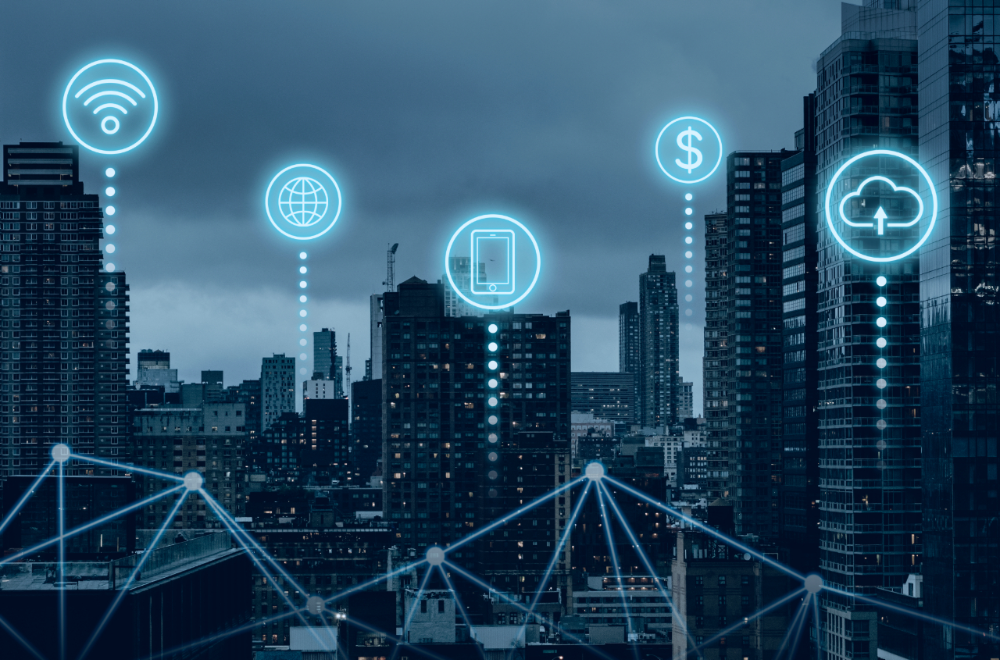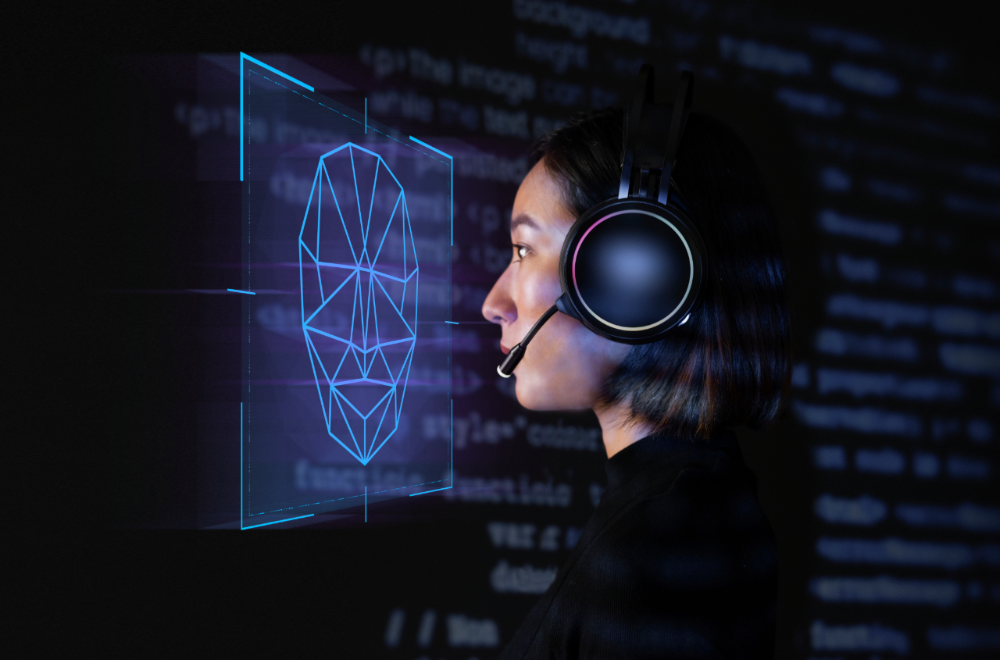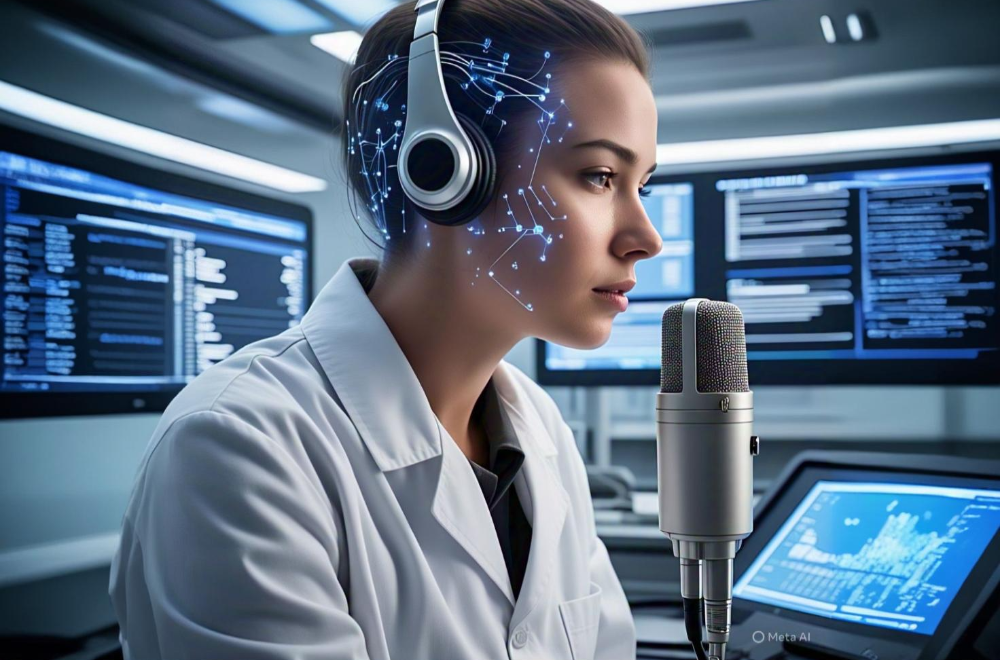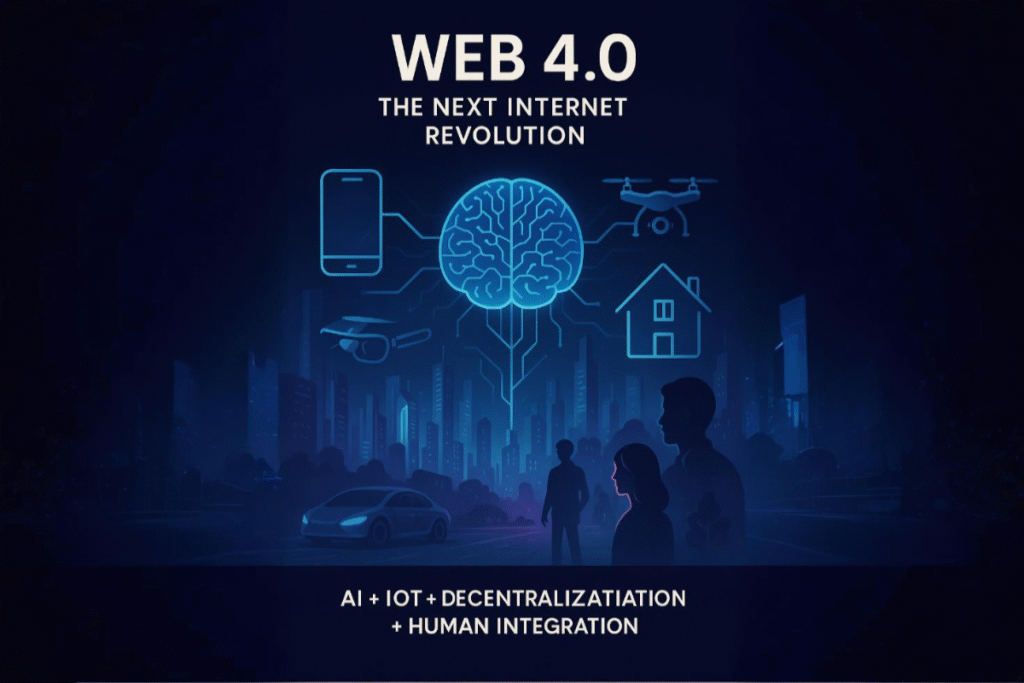Introduction: The Internet Is Evolving Again
Since the first day of its birth, the Internet has gone through many phases, each evolution much more interactive, decentralized, and intelligent than the previous. From static web pages to blockchains decentralizing the semantic web, we are now much closer to the reality of Web 4.0.
It is imperative to enlighten oneself in order to apprehend: What is Web 4.0 in the real sense, and why is it so important? How will this change the way we would live, work and relate in the future?
Let’s break it down in layman terms.
What Is Web 4.0?
Web 4.0 as the Symbiotic Web is the future internet that will have harmonious existence between digital and physical worlds. Where Web 3.0 brought decentralization and semantic comprehension, Web 4.0 targets autonomy, context-awareness, and symbiosis between humans and AI.
In a way, Web 4.0 will not only be intelligent—it will be intuitive, predictive, and attuned to the user’s needs.
Quick Recap: Web 1.0 to Web 3.0
| Web Version | Era | Features |
|---|---|---|
| Web 1.0 | 1990s | Static websites, read-only |
| Web 2.0 | 2000s | Social media, user-generated content |
| Web 3.0 | 2010s–2020s | Decentralization, semantic web, blockchain |
| Web 4.0 | 2025+ | Symbiotic AI, autonomy, real-time interaction |
Key Features of Web 4.0
1. AI-Powered Interaction

Web 4.0 will employ artificial intelligence to comprehend the intent of the user in real-time. As opposed to the existing AI technology, which draws on manual intervention or commands, Web 4.0 platforms will look forward to your requirements based on context.
Example: Your smart personal assistant won’t simply remind you of appointments—it’ll book them, predict journey time, and set your heating before you return home.
2. Ubiquitous Connectivity

With the growth of IoT (Internet of Things) and 5G/6G networks, Web 4.0 connects everything—phones, cars, appliances, and wearables—into a single digital ecosystem.
This ensures seamless transitions between devices and platforms.
3. Hyper-Personalization

With knowledge of user behavior, preferences, and real-time information, Web 4.0 produces ultra-personalized experiences.
Imagine Netflix, but with episodes automatically generated in response to your mood and voice tone, or an e-commerce platform that builds products specifically for you.
4. Decentralized Yet Integrated

Web 3.0 implemented decentralization on the blockchain level, while Web 4.0 is interoperability across platforms. Contracts with intelligence, DAOs, and personal digital identities will become available all around.
5. Voice and Neural Interfaces

The key will be backup to voice assistants through mainstream brain-computer interfaces (BCIs) because all modalities that can be used for multichannel communication: voice, gesture, touch, and perhaps for thought in Web 4.0.
Example: With the help of Neuralink by Elon Musk and the similar devices, people could possibly surf the internet with the mind signals.
Technologies Behind Web 4.0
- Artificial General Intelligence (AGI)
- Brain-Computer Interfaces
- Blockchain & Decentralized Infrastructure
- IoT (Internet of Things)
- Quantum Computing
- Edge Computing & Fog Networking
These technologies converge to make Web 4.0 not just another upgrade—but a complete rethinking of the internet’s role in our lives.
Web 4.0 vs Web 3.0: What’s the Difference?
| Feature | Web 3.0 | Web 4.0 |
|---|---|---|
| Focus | Decentralization, semantic search | Autonomy, real-time decision-making |
| User Input | Manual, search-based | Predictive, intuitive |
| AI Capability | Narrow AI | General AI, real-time learning |
| Interfaces | Keyboard, mobile UI | Voice, wearable, neural inputs |
| Data Flow | Blockchain-based | Interoperable and symbiotic |
Real-World Applications of Web 4.0
Healthcare
Intelligent diagnosis according to symptoms and medical history with live vitals and subsequent treatment plans to a doctor.
E-commerce
Hyper-personalized shopping experiences by eye tracking, emotional reactions, and past purchase behavior.
Education
Artificial intelligence teachers dynamically adapt teaching methods to learning style and pace.
Smart Cities
An integrated system, in which traffic lights, public transport, utilities, and emergency services communicate to enhance life in the city.
Security in Web 4.0
As with any internet revolution, cybersecurity will be a major concern.
Web 4.0 must address:
- Data privacy in AI systems
- Deepfake detection
- Neural interface security
- Decentralized ID verification
Blockchain, zero-knowledge proofs, and secure multiparty computation (SMC) are being used to protect user data in this new digital ecosystem.
The Human-AI Symbiosis
Web 4.0 is all about how humans and machines work together. It’s not just that we use tech; we’re kind of blending with it.
This brings up some big questions:
- Who’s in charge of AI?
- What happens to our privacy?
- Can machines really get how we feel?
These are the kinds of conversations that will influence laws, schools, and our lives for a long time.
Opportunities for Businesses
Entrepreneurs and businesses should begin getting ready for Web 4.0 right away.
- Invest in AI and IoT integrations
- Create multi-device, real-time experiences
- Adopt decentralized apps (dApps) and blockchain tech
- Focus on personalized, predictive UX design
Final Thoughts: The Next Frontier
Web 4.0 isn’t merely a wiser website—it’s a digital universe that knows, anticipates, and responds to human existence. As physical and virtual worlds blend together, Web 4.0 can transform the world from how we communicate and buy and sell to how we heal and who gets to govern.
We are poised for a world in which AI doesn’t merely help but works with us. Are we prepared?
FAQs
A1: Web 4.0 is the next evolution of the internet, often referred to as the “symbiotic web.” It aims to create a fully intelligent, autonomous, and interconnected web experience, where machines and humans collaborate seamlessly using AI, IoT, and advanced semantics.
A2: While Web 3.0 focuses on decentralization and user ownership through blockchain, Web 4.0 goes further by integrating artificial intelligence, emotional computing, and real-time machine learning to deliver predictive, adaptive, and personalized digital experiences.
A3: Web 4.0 leverages AI, machine learning, quantum computing, 6G, blockchain, extended reality (XR), edge computing, and brain-computer interfaces to create an intelligent and interactive online ecosystem.
A4: Web 4.0 features include hyper-personalized content, context-aware services, real-time data processing, virtual assistants, emotional AI, immersive experiences, and decentralized digital identities.
A5: Web 4.0 aims to enhance privacy through decentralized identity systems and blockchain technology, giving users more control over their personal data and how it’s used.
A6: Not immediately, but it will transform them. Websites and apps will become more adaptive, AI-driven, and immersive, using natural language processing, real-time customization, and XR integration.

